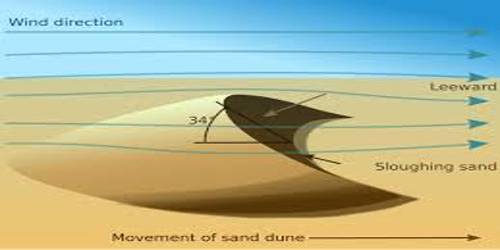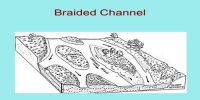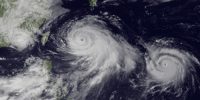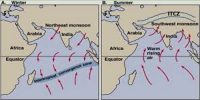Wind: Depositional Landforms
Wind is one of the two dominant agents in hot deserts. The desert floors get heated up too much and too quickly because of being dry and barren. The heated floors heat up the air directly above them and result in upward movements in the hot lighter air with turbulence, and any obstructions in its path set up eddies, whirlwinds, updrafts, and downdrafts. Winds also move along the desert floors with great speed and the obstructions in their path create turbulence. Of course, there are storm winds which are very destructive. Winds cause deflation, abrasion, and impact. Deflation includes lifting and removal of dust and smaller particles from the surface of rocks. In the transportation process sand and silt act as effective tools to abrade the land surface. The impact is a simply sheer force of momentum which occurs when sand is blown into or against a rock surface. It is similar to sand-blasting operation. The wind action creates a number of interesting erosional and depositional features in the deserts.
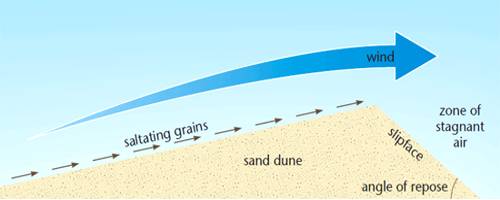
In fact, many features of deserts owe their formation to mass wasting and running water as sheet floods. Though rain is scarce in deserts, it comes down torrentially in a short period of time. The desert rocks devoid of vegetation, exposed to mechanical and chemical weathering processes due to drastic diurnal temperature changes, decay faster and the torrential rains help in removing the weathered materials easily. That means the weathered debris in deserts is moved by not only wind but also by rain/sheet wash. The wind moves fine materials and general mass erosion is accomplished mainly through sheet floods or sheet wash. Stream channels in desert areas are broad, smooth, and indefinite and flow for a brief time after rains.
